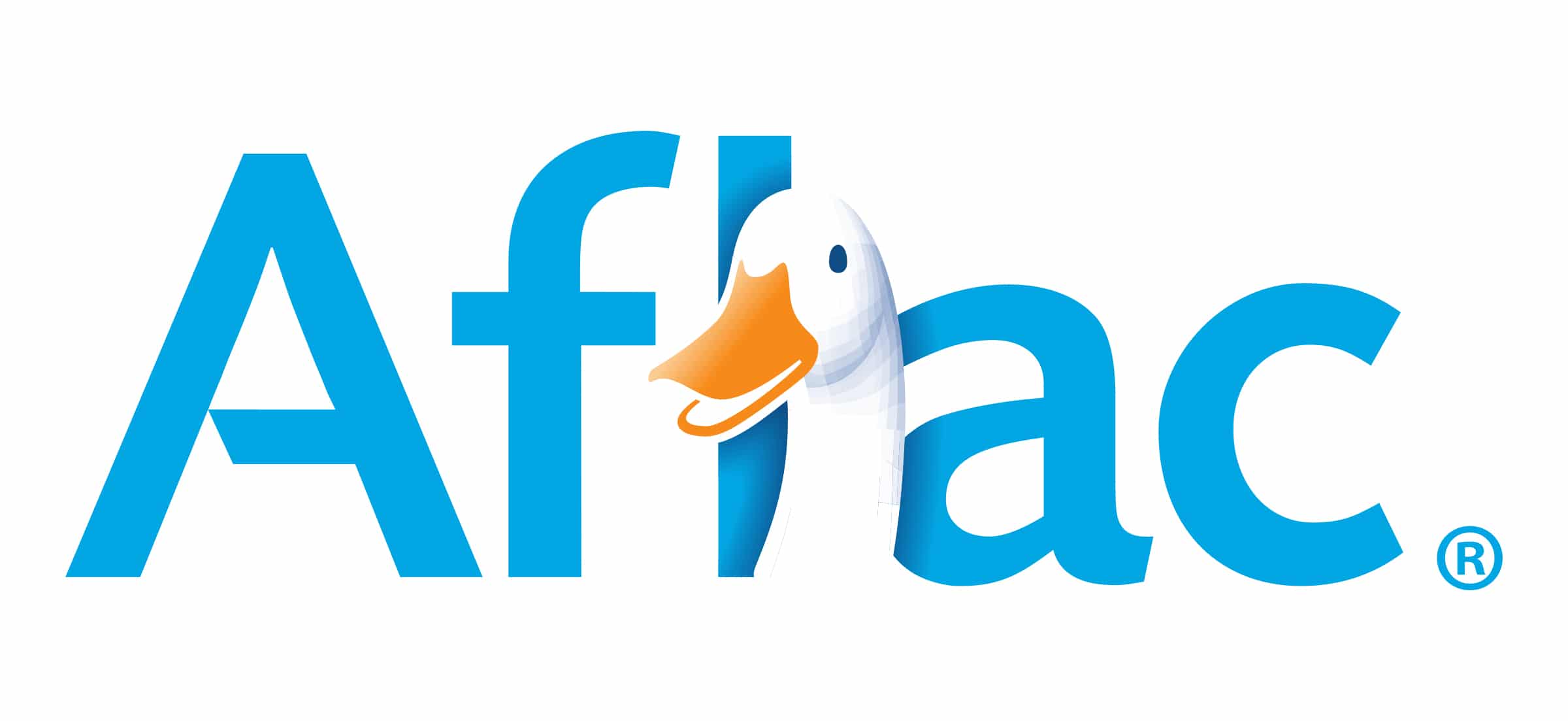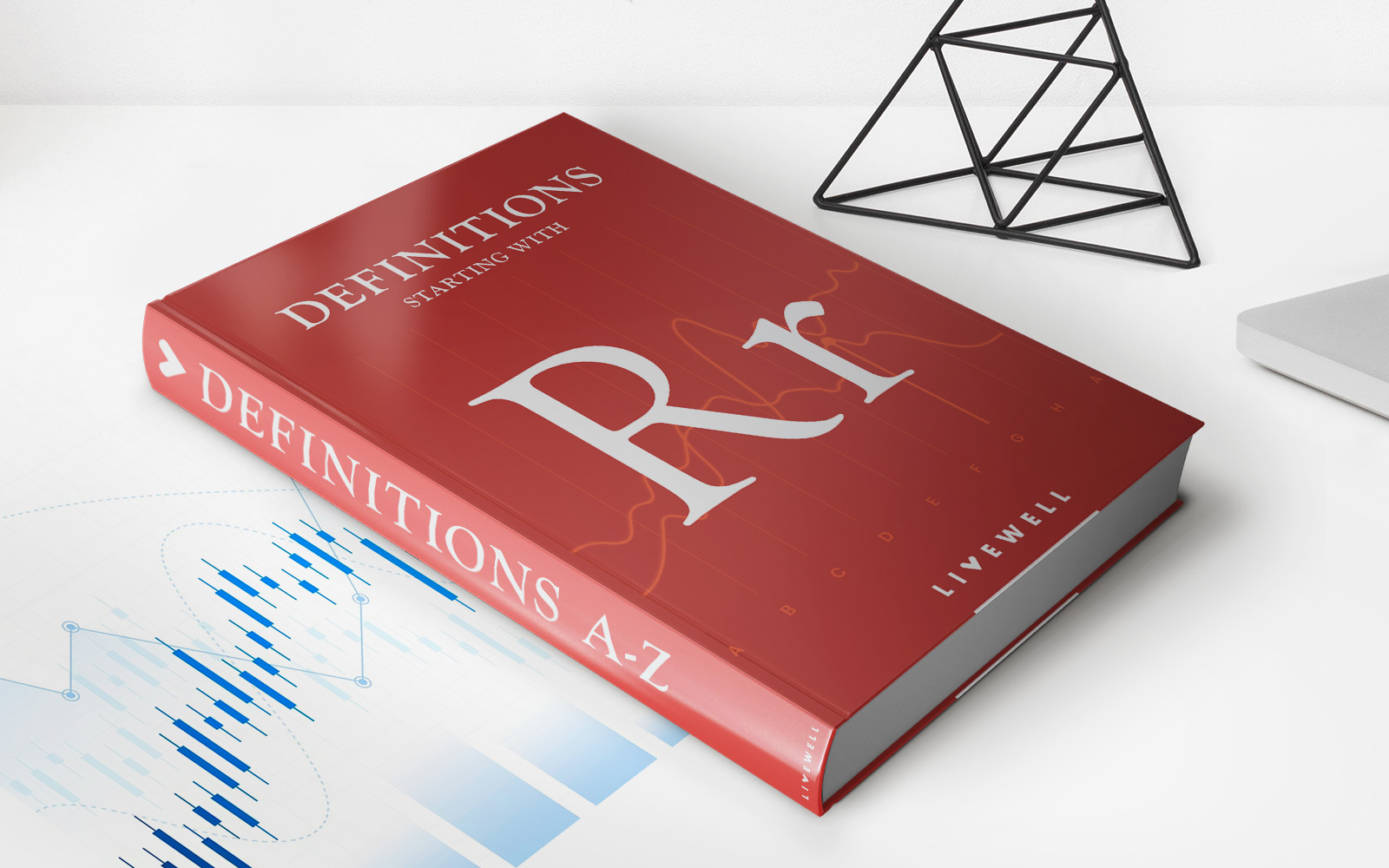

Finance
How Long Is The Grace Period On Car Insurance?
Published: February 20, 2024
Learn about the grace period for car insurance payments and how it impacts your finances. Understand the implications to manage your finances effectively.
(Many of the links in this article redirect to a specific reviewed product. Your purchase of these products through affiliate links helps to generate commission for LiveWell, at no extra cost. Learn more)
Table of Contents
Introduction
Car insurance is a vital component of responsible vehicle ownership, providing financial protection in the event of accidents, theft, or damage. While maintaining continuous insurance coverage is crucial, there may be instances where policyholders encounter challenges in making timely payments. This is where the concept of a grace period comes into play, offering a buffer of time during which the policy remains active even if the premium payment is overdue.
Understanding the specifics of the grace period is essential for every car insurance policyholder. It not only provides insights into the flexibility offered by insurance companies but also sheds light on the potential consequences of missing the grace period. Moreover, being aware of the factors influencing the duration of the grace period and the available options for extending it can empower individuals to make informed decisions and ensure the uninterrupted protection of their vehicles.
In this comprehensive guide, we will delve into the nuances of the grace period on car insurance, exploring its significance, the variables that impact its duration, and the repercussions of missing this critical window. Additionally, we will discuss practical strategies for extending the grace period, equipping readers with the knowledge needed to navigate potential challenges and maintain the integrity of their car insurance coverage. Whether you're a seasoned policyholder or a new driver seeking to understand the intricacies of car insurance, this article will serve as a valuable resource, offering clarity and actionable insights to safeguard your financial well-being on the road.
Understanding the Grace Period
The grace period within a car insurance policy refers to the additional time granted by the insurer for the payment of premiums beyond the due date. It serves as a safeguard, ensuring that the policy remains in force even if the payment is delayed. Typically, the grace period ranges from a few days to a month, offering policyholders a reasonable window to settle their premiums without facing immediate repercussions such as policy cancellation.
During the grace period, the insurance coverage remains active, providing the same level of protection as outlined in the policy. This means that if an accident occurs or a claim needs to be filed during this period, the policyholder is still entitled to the benefits and coverage specified in the insurance contract. However, it’s important to note that any premiums that are overdue during the grace period will need to be paid to maintain continuous coverage beyond this timeframe.
Policyholders should carefully review their insurance documents to understand the specific duration of the grace period provided by their insurer. It’s advisable to be aware of the start and end dates of this period, as well as any potential changes to coverage or policy terms that may apply during this time. Additionally, it’s essential to communicate with the insurance company or agent to clarify any uncertainties regarding the grace period, ensuring a clear understanding of the implications and available options.
Understanding the grace period is crucial for maintaining financial security and peace of mind. By being well-informed about this aspect of car insurance, policyholders can navigate unexpected financial challenges with confidence, knowing that their coverage remains intact during the specified grace period.
Factors Affecting the Grace Period
The duration of the grace period within a car insurance policy can be influenced by several key factors, each playing a role in determining the flexibility and leniency offered to policyholders. Understanding these factors is essential for individuals seeking to comprehend the nuances of their insurance coverage and make informed decisions regarding premium payments. Below are the primary factors that can affect the grace period on car insurance:
- Insurance Company Policies: Different insurance providers may have varying guidelines regarding grace periods. Some companies may offer longer grace periods as a standard part of their policies, providing more flexibility to their policyholders. It’s important for individuals to review the terms and conditions of their specific insurance company to understand the grace period provided.
- State Regulations: State insurance regulations can impact the minimum required grace period for car insurance. Certain states may mandate a specific duration for the grace period, ensuring a consistent level of consumer protection across insurance policies. Policyholders should be aware of the regulatory requirements in their state to understand the baseline for grace periods.
- Policy Terms: The terms and conditions outlined in the insurance policy itself can dictate the length of the grace period. It’s crucial for policyholders to thoroughly review their policy documents to ascertain the exact duration of the grace period provided by their insurer. Understanding the specific terms of the policy can help individuals plan and manage their premium payments effectively.
- Payment History: A policyholder’s payment history and overall relationship with the insurance company can influence the flexibility of the grace period. Consistent and timely premium payments may result in a more lenient approach from the insurer in certain situations, potentially leading to extended grace periods or additional support in managing payments during challenging times.
By considering these factors, policyholders can gain a comprehensive understanding of the grace period within their car insurance policy. This knowledge empowers individuals to navigate potential payment challenges with clarity and foresight, ensuring the continuous protection of their vehicles and financial well-being.
Consequences of Missing the Grace Period
Missing the grace period within a car insurance policy can have significant repercussions, potentially impacting the policyholder’s coverage, financial standing, and overall peace of mind. It’s crucial for individuals to be aware of the potential consequences of failing to make timely premium payments during the grace period, as this knowledge can help them avoid pitfalls and maintain the integrity of their insurance coverage. Below are the key consequences of missing the grace period:
- Policy Cancellation: One of the most immediate and severe consequences of missing the grace period is the risk of policy cancellation. If the premium remains unpaid beyond the grace period, the insurance company may choose to cancel the policy, leaving the policyholder without coverage. This can expose the individual to financial risks in the event of accidents or unforeseen circumstances.
- Lapse in Coverage: Failing to pay the premium after the grace period can result in a lapse in insurance coverage. During this period, the vehicle is no longer protected under the policy, leaving the policyholder vulnerable to potential liabilities and expenses arising from accidents or damage. It’s essential to address any overdue payments promptly to prevent a lapse in coverage.
- Reinstatement Challenges: If a policy is canceled due to missed payments, reinstating the coverage may pose challenges. Insurance companies may require additional steps, such as making outstanding payments, providing proof of insurability, or facing higher premiums, to reinstate a policy that has been canceled due to non-payment.
- Financial Penalties: Some insurance companies may impose financial penalties or late fees for missed payments during or after the grace period. These additional costs can further strain the policyholder’s finances and create unnecessary burdens, making it imperative to address payment issues promptly.
Understanding the potential consequences of missing the grace period underscores the importance of proactive financial management and communication with the insurance provider. By staying informed and taking timely action to address payment challenges, policyholders can mitigate the risks associated with missed premiums and ensure the continuous protection of their vehicles and financial well-being.
How to Extend the Grace Period
Policyholders facing challenges in making timely premium payments within the grace period may explore several strategies to extend this critical timeframe, thereby maintaining the continuity of their car insurance coverage. While the options available for extending the grace period may vary depending on the insurance company and individual circumstances, there are general approaches that individuals can consider to address payment difficulties and secure an extended grace period. Here are practical methods for extending the grace period on car insurance:
- Communication with the Insurer: Open and transparent communication with the insurance company is essential when facing challenges in making timely payments. Policyholders can reach out to their insurer or agent to discuss their situation and explore the possibility of an extended grace period. In some cases, insurers may offer flexibility and assistance to policyholders experiencing temporary financial constraints.
- Payment Arrangements: Some insurance companies may be willing to negotiate payment arrangements or alternative schedules to accommodate policyholders facing difficulties within the grace period. This can involve setting up a payment plan or adjusting the payment due date to align with the individual’s financial capabilities, providing a viable solution to extend the grace period.
- Financial Hardship Programs: Certain insurers offer financial hardship programs designed to support policyholders during challenging times. These programs may provide temporary relief, extend grace periods, or offer other forms of assistance to individuals facing financial difficulties that impact their ability to pay insurance premiums.
- Policy Endorsements or Add-ons: Some insurance policies may include endorsements or add-ons that offer enhanced flexibility in managing premium payments and grace periods. Policyholders can review their coverage options and consider adding endorsements that align with their needs, potentially providing extended grace periods or additional support during financial hardships.
By exploring these options and proactively engaging with their insurance provider, policyholders can increase their chances of securing an extended grace period and navigating temporary financial challenges without jeopardizing their insurance coverage. It’s important to approach the situation with honesty and diligence, seeking viable solutions that align with individual circumstances and prioritize the continuity of insurance protection.
Conclusion
Understanding the grace period on car insurance is essential for every policyholder, as it provides valuable insights into the flexibility, consequences, and available options related to premium payments. By comprehending the nuances of the grace period and the factors influencing its duration, individuals can navigate potential challenges with clarity and confidence, ensuring the uninterrupted protection of their vehicles and financial well-being.
Policyholders should proactively review their insurance documents to ascertain the specific duration of the grace period provided by their insurer. Additionally, open communication with the insurance company or agent can facilitate discussions regarding payment challenges and potential options for extending the grace period, offering a proactive approach to managing financial difficulties while maintaining continuous coverage.
Moreover, being aware of the potential consequences of missing the grace period underscores the importance of timely and proactive financial management. By addressing payment issues promptly and seeking viable solutions, policyholders can mitigate the risks associated with missed premiums, avoiding policy cancellations, lapses in coverage, and additional financial burdens.
Ultimately, the ability to extend the grace period through effective communication, payment arrangements, and potential assistance programs can provide valuable support to individuals facing temporary financial constraints. By exploring these options and engaging with their insurance provider, policyholders can safeguard their insurance coverage and navigate challenges with resilience, ensuring the ongoing protection of their vehicles and peace of mind on the road.
In summary, the grace period serves as a crucial safety net within car insurance policies, offering policyholders the opportunity to address payment challenges without immediate repercussions. By understanding, leveraging, and respecting the grace period, individuals can uphold the integrity of their insurance coverage, promoting financial security and stability in their journey as responsible vehicle owners.














